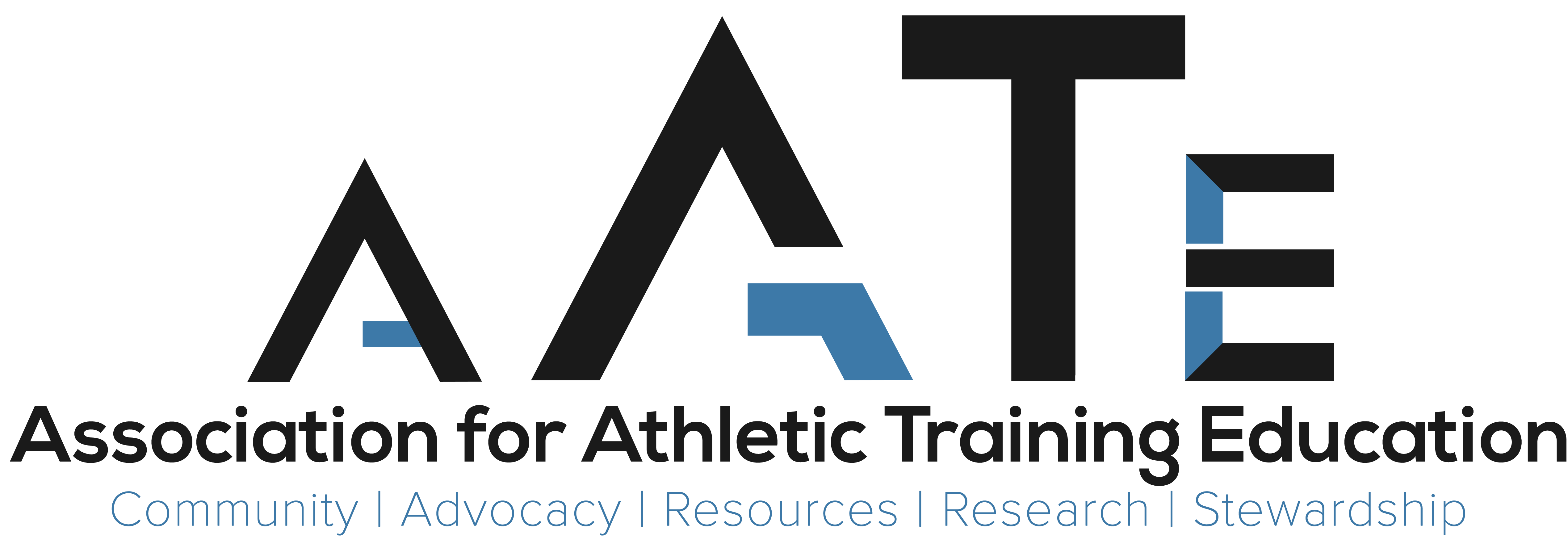Santa Clara University
Introduction
Welcome to Santa Clara University’s (SCU) Sports Medicine department for the athletic training
student (ATS). The ATS will have a multitude of exposures ranging from different sports, injuries,
general medical evaluation, emergent situations, rehabilitation programs, and potential
administrative procedures. The prospective student will be fully immersed into the department,
similar to that of a full-time staff member under the supervision and guidance of the assigned
preceptor. This level of immersion will be dependent on the student’s respective program, but
the ATS should expect to take strong initiative in their learning here at SCU sports medicine.
MIssion Statement
The mission of Santa Clara University’s Sports Medicine as clinical immersion site is to provide
that athletic training student the most immersive, collaborative, and active learning clinical
assignment. Our goal is to prepare athletic training students to become certified athletic trainers
who promote wellness and provide contemporary, quality healthcare to their patients and clients.
Overview
The sports medicine team is led by Associate Athletic Director for Sports Medicine, Ryan
Holleman. The sports medicine unit employs twelve certified athletic trainers that work in
conjunction with primary care sports medicine physicians, orthopedic surgeons, physical
therapists, registered dietitians, psychologists, mental performance consultants, sport coaches,
and strength and conditioning coaches. We are housed in a brand new state of the art 8,800 sq
ft sports medicine center utilizing class IV lasers, underwater hydroworks, boost treadmill,
isokinetic dynamometer, dry needling, ultrasound imaging, and numerous other modalities.
Core Practice Areas:
1. Implement strategies and interventions to minimize the risk of injury, re-injury, or illness
2. Evaluate and manage patients with acute health conditions, including triaging those
patients with conditions that are life-threatening or otherwise emergent
3. Evaluate and formulate a clinical diagnosis and plan of care for patients with health
conditions commonly seen in athletic training practice
4. Incorporate best practices in the organization and delivery of healthcare into clinical
practice and decision making
5. Self-assess professional competence and create professional development plans
according to personal and professional goals and requirements
Self-Assessment Opportunities:
1. Engagement
a. Did I seek out opportunities?
b. Did I initiate interactions, or did I wait until someone initiated for me?
c. Did I ask questions?
d. Did I connect what I learned to patient care?
2. Self-organization
a. Do I own up to mistakes? How did I respond?
b. How is my attention to detail? What did I miss? What can I do to improve?
c. How is my progress toward my goals set at the beginning of this clinical
experience? Have I made strides, or have I plateaued?
3. Use of evidence-guided practice
a. Is my intervention strategy patient-centered? How can I use the patient’s goals to
guide my intervention?
b. What resources do I use for research?
c. Are objective and subjective measures utilized as a part of my intervention plan?
How can I begin to incorporate both aspects?
4. Decision making
a. How is my body language?
b. Was I ever hesitant to do something?
c. Have I maximized my role as an athletic training student?
d. Do I follow through with decisions?
e. Do I weigh the pros and cons of my interventions?
f. How do I respond to previous decisions?
5. Communication
a. Am I utilizing the proper terminology based on who is in front of me, whether it is
a patient or a health-care provider?
b. Am I maintaining a professional boundary during patient/health-care provider
interactions?
c. How is my body language during communication?
d. Have I built a rapport with those around me?
6. Collaborative Practice
a. Have I collaborated with stakeholders to maximize patient-care?
i. Sport coaches, performance coaches, physicians, mental health care
providers, administrators, other athletic trainers.
Potential Extra-Curricular Opportunities:
1. Connections with the 49ers, Earthquakes, and SF Giants medical and performance staff
2. Short mini rotation shadowing team physician’s in clinic
3. Presentation of up to date practice patterns to the sports medicine department
4. Observe how performance data collection (ie Catapult, Hawkins Kennedy Force Plates,
Isokinetic Dynamometer, daily wellness questionnaires) affect medical decision making.
5. Utilize boost and underwater hydroworx treadmill
6. Collaborative patient-centered collaborative approach from all 12 certified athletic trainers, 6 CSCS Performance Coaches, Sport Psychologist, and Registered Dietician.
Sorry, no records were found. Please adjust your search criteria and try again.
Sorry, unable to load the Maps API.
